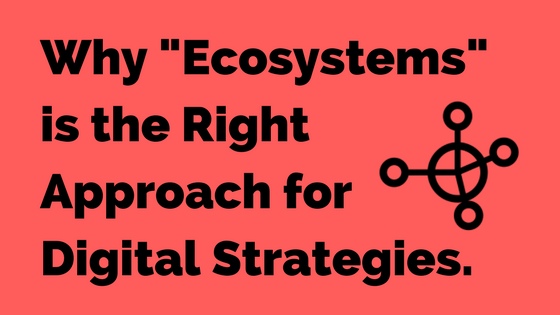The Costumer Journey is that sequence of steps a In-market shopper takes to gather enough information to make a purchase decision. Although the length and complexity of the process vary from one category to another, the stages that the consumer goes through are standard: (1) awareness, (2) interest, (3) consideration, (4) purchase, (5) post- purchase and (6) re-purchase.
The Marketing Challenge
The challenge for those of us in marketing is that this trip is neither linear nor always forward. So, this journey will always have interruptions, changes in priorities and in the selection criteria. Although the data analysis can help predict some patterns, these interruptions and changes, added to the hyper-fragmentation of touch points makes it extremely possible for our competition to intercepts any of our prospects at any stage of the six stages of the Journey.
The Ideal Customer Journey
Ideally we would like to guide the customer throughout the process always within our own branded channels, not only to help him collect the information he needs, but to ensure that during the research process we help him form a selection criterion in in a way that our offer appears as the best option, and that as a result we’ll win that business with no one intercepting that prospect from us. Because for instance, in this utopia, we would prevent the consumer from continuing to iterate with Google to compare options.
Back to the real and cruel world…
Only the businesses that manage to remain relevant throughout the process (even during periods of inactivity) are the ones that will end up winning the business.
The challenge then is: how to plan or develop strategies for such a chaotic scenario.
This is where the notion of “Ecosystems” is fundamental to develop effective digital strategies.
What are Digital Ecosystems?
What is an Ecosystem? (my manipulated version)
Is a set of Digital Channels and Touch Point connected to each other by design based on business objectives
This perspective allows you to:
- Inventory the currently available factors
- Identify the ones that you lack
- Understand interdependencies
- Analyze your competitiveness for each factor, based on consumer expectations
- Compare the user and brand experience (UX) offered by other companies.
Once you have that map drawn (the ecosystem) you can speculate on how the traffic will flow according to each “persona” and, later, once you have historic data you can optimize each touch point individually.
Learn how I can help you develop your Digital Marketing Plan.
If you don’t have that ecosystem mapped, you won’t be able to pinpoint where is the strategy performing as planned and where it is not.
From there, you know the drill: rinse and repeat.
I’ve talked about “Digital Ecosystems” a lot, but I hadn’t back it up with a visual aid. Here I put together a generic example of a comprehensive enough B2B ecosystem. But since ecosystems should vary in response to specific business objectives, I suggest looking at my diagram as an illustration of the ecosystem notion more than as a best practice or recommendation.
But to be honest.., even this generic version is far better than most online implementations that I’ve seen.



